Significance
The Tuba Tribe Church was a religious center for the Atayal people in the Dawo area (the border area of Fuxing and Daxi Districts in Taoyuan City). This historical building is an embodiment of both the indigenous culture and the Christian faith. Despite having limited resources and techniques at the time of construction, the builders adroitly manipulated the materials that were available, utilizing the innate characteristics of the stone to shape it with hand chisels and then employing the principles of arch construction to achieve the unique look of the church building, which now stands as a testament to their accomplishments in craftsmanship and aesthetics. The keyhole arch design expresses the concept that the church entrance is the key to heaven, and the undulating curves of the gables evoke clouds floating in the firmament. These designs display both artistic beauty and religious symbolism, making the church an exceptional indigenous Taiwanese cultural and historical artifact.
History
The Tuba Tribe Church was originally administered by the Sanmin Church (a branch of the Presbyterian Church in Taiwan) of Fuxing District in Taoyuan City. During the Japanese rule, the Japanese severely restricted the indigenous Taiwanese people’s embrace of Christianity. There were no Christians in the village of Sanmin until 1945, when the war ended and missionaries Clare Elliot McGill (named “Watan Magin” in the Atayal language; 1919 – 1996), Rev. James Dickson (1900 – 1967), and Rev. Chen Zhong-Hui (“Hola Demu” in Atayal; 1927 – 2004) arrived and began evangelizing. Together, they established the Sanmin branch of the Presbyterian Church. In the early years, prayer meetings were held in the homes of church members. When the church was eventually able to construct a permanent building, members decided on the stone masonry design of Rev. Huang Rong-Quan (“Masa Tohui” in Atayal; 1932 –) with its symbolic keyhole arch. After engaging a stonemason from Taipei to cut the stone, indigenous members and supporters of the church carried the building stones up the mountain themselves. A portion of the construction funds were donated by a youth group from the American military chapel in Taipei. Due to deterioration of the church roof over time, the church eventually moved the assembly to a new building. The Tuba Tribe Church was designated as a municipal historical site in Taoyuan City in 2004.
Special Features

1The Church Entrance Symbolizing the Key to Heaven The Tuba Tribe Church was designed by Rev. Rong-Quan Huang. Its basic concept followed the typical design of a Western church. However, with limited experience, technical skills, and funds, a number of exterior decorative elements traditionally found on church buildings were not feasible. Instead, its aesthetic beauty emerged through the simple, rough-cut texture of the stone itself and the meandering lines of the uncoursed stone masonry walls. The keyhole archway at the church entrance was a metaphor for the key to heaven, expressing the belief that people entering the Tuba Tribe Church would receive the gospel of Christ and enter heaven.
The Tuba Tribe Church was designed by Rev. Rong-Quan Huang. Its basic concept followed the typical design of a Western church. However, with limited experience, technical skills, and funds, a number of exterior decorative elements traditionally found on church buildings were not feasible. Instead, its aesthetic beauty emerged through the simple, rough-cut texture of the stone itself and the meandering lines of the uncoursed stone masonry walls. The keyhole archway at the church entrance was a metaphor for the key to heaven, expressing the belief that people entering the Tuba Tribe Church would receive the gospel of Christ and enter heaven.
The undulating curves on the gables are reminiscent of floating clouds, symbolizing the church’s place in the firmament of heaven. Seen from afar, the church appears almost like Noah’s Ark come to rest on Mount Ararat after the flood.
2The Church Cross The cross on the church roof was crafted by Rev. Huang Rong-Quan himself. Since the frangibility of stones makes fine sculpting difficult, he decided to make use of reinforced concrete instead, which allowed the graceful design. The delicacy of the cross is a counterpoint to the church’s rustic, solid appearance.
The cross on the church roof was crafted by Rev. Huang Rong-Quan himself. Since the frangibility of stones makes fine sculpting difficult, he decided to make use of reinforced concrete instead, which allowed the graceful design. The delicacy of the cross is a counterpoint to the church’s rustic, solid appearance.
3Double-Layered Stone WallsWhen the church was built, each stone was chiseled by hand and thus has a different thickness and size. To surmount this issue, Rev. Rong-Quan Huang designed double-layered stone walls, using reinforced concrete to fill in between the two layers. This design not only strengthened the walls, but also added to their beauty.
4Chisel Marks Traditional Atayal architecture used bamboo and wood as materials. Before the Tuba Tribe Church was built, a chapel of bamboo construction had existed at the site, but it deteriorated after only a few years. Rev. Huang Rong-Quan came up with the plan for the stone church at the suggestion of Rev. James Ira Dickson. Throughout the construction process, the Atayal people resorted to their cooperative traditions. Each stone and every bag of gravel was carried in by hand over winding paths to the construction site. It took a profound effort considering the inconvenience of transportation at the time. Upon close inspection, it is possible to find individual chisel marks on every stone in the church.
Traditional Atayal architecture used bamboo and wood as materials. Before the Tuba Tribe Church was built, a chapel of bamboo construction had existed at the site, but it deteriorated after only a few years. Rev. Huang Rong-Quan came up with the plan for the stone church at the suggestion of Rev. James Ira Dickson. Throughout the construction process, the Atayal people resorted to their cooperative traditions. Each stone and every bag of gravel was carried in by hand over winding paths to the construction site. It took a profound effort considering the inconvenience of transportation at the time. Upon close inspection, it is possible to find individual chisel marks on every stone in the church.
Reminders
The interior of the Tuba Tribe Church is currently not open to the public, yet the pastoral appearance of the church alone attracts many couples here to shoot wedding photos. It is advised to visit in the morning to avoid backlighting.
Panoramic
Directions